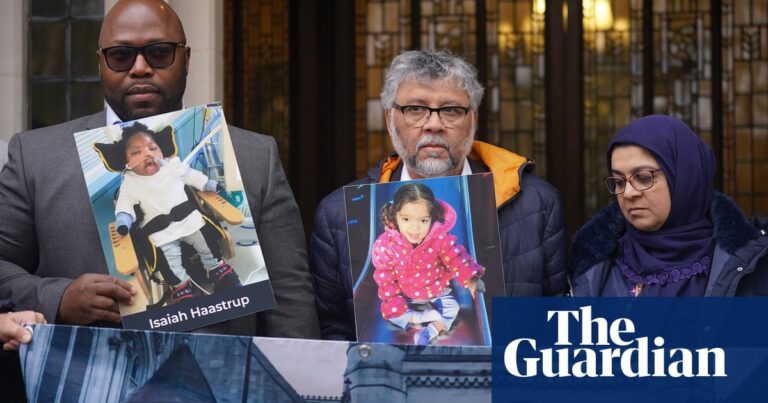![]()
5/650 seats declared
+/- figures based on 2019 results modelled to new constituency boundaries. If a seat’s boundaries did not change, +/- figures based on defending party at dissolution
*326 seats needed for an overall majority. A working majority requires a lower number as certain MPs do not usually vote
Latest seats declared
Find your result
National results
Vote share is of the seats that have been declared so far, and is not a national vote share until all seats are declared.
| Party | |||||
|---|---|---|---|---|---|
|
Labour |
5 | +1 | 47 | +4.4 | 95,077 |
|
Reform UK |
0 | 0 | 24.9 | – | 50,267 |
|
Conservative |
0 | -1 | 16.9 | -21 | 34,090 |
|
Green |
0 | 0 | 5.4 | +3.1 | 10,902 |
|
Liberal Democrat |
0 | 0 | 5.3 | -1.1 | 10,770 |
|
Others |
0 | 0 | 0.5 | – | 1,099 |
Latest updates
How does the UK general election work?
The House of Commons is the main lawmaking body for the United Kingdom, the other being the unelected House of Lords. It consists of 650 members, each of whom is elected by a geographical constituency of roughly equal population.
In each constituency, the candidate with the largest number of votes wins. There is no need to win 50% of the vote, and votes for other candidates are in effect lost. This is known as first-past-the-post voting.
The Commons also chooses the prime minister. By convention, the monarch invites the leader of the largest party to form a government. The prospective prime minister needs to have the support of the majority of MPs. This is possible if they lead a party with an overall majority or have the backing of other parties.
A majority technically requires 326 MPs (half of all seats plus one), but a small number of MPs – including the speaker, his deputies and the members of Sinn Féin – do not usually vote. This means a working majority can be achieved with just under 50% of seats.
About these results
These results are provided by the Press Association.
Boundary review
Since the 2019 election, there has been a boundary review, meaning this election has been fought, for the most part, in new constituencies. Therefore, for these 573 seats, the 2019 result will be taken from modelled data that shows how these new constituencies would have voted then had they existed at the time. This modelled data is sourced from research by Colin Rallings, Michael Thrasher, David Denver and Nicholas Whyte, who have modelled and amalgamated the old results to the new boundaries.
For the 77 constituencies that remain unchanged, the results show a straightforward comparison with the seat’s sitting party at parliament’s dissolution.
The total number of seats per country has changed as a result of the boundary review, to 543 in England (+10), 57 in Scotland (-2), 32 in Wales (-8) and 18 in Northern Ireland (no change).
Sitting parties
A seat’s sitting party is the winner in the modelled 2019 election results for seats created in the boundary review, and the party on dissolution for the seats that are unchanged from 2019. This means that if a seat is unchanged from 2019 and has had a byelection, or if its MP has been suspended or changed party, that will be reflected in the “sitting party”, both for the seat and for the party totals. If there has been a boundary change and therefore the seat is new, the Press Association does not take byelections or defections into account.
Vote shares
Vote share figures are based on the modelled 2019 results for seats with boundary changes and the historical 2019 results for the seats without boundary changes.
A seat’s vote change figures are calculated against its 2019 modelled results, unless the seat is the same as in 2019, in which case they are against the historical results.
Other notes
This methodology may differ from the policies of the broadcasters, which can lead to minor differences in the seat change number for the parties, or in the “change of party” messages for individual constituencies.
The speaker’s seat of Chorley, if he is re-elected, will be counted towards the Labour party total.
The “proportional view” map is a type of cartogram, where each constituency has an equal size and weighting. This means the most densely populated areas, such as London, look very different to how they would appear on a geographical map but all seats are placed within their correct region or country.
Illustrations by Sam Kerr
Source: theguardian.com



















